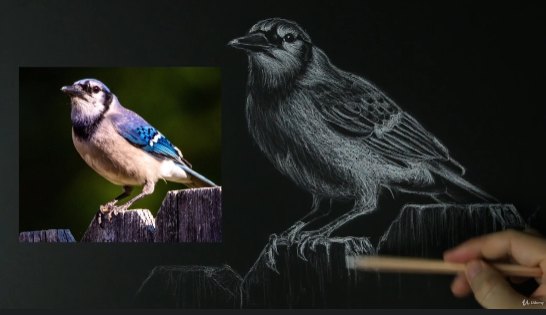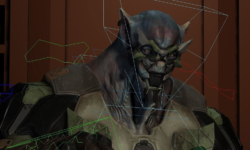Drawing Fundamentals – Shading Basics For Illustration
Release date:2022, November
Author:Ethan Nguyen
Skill level:Beginner
Language:English
Exercise files:Yes
What you’ll learn
How to apply atmospheric perspective to add depths to your drawings
How to use cross-hatching to make your shading more exciting
How to design backgrounds that will make your subject leap from the page
How to use strategic highlights to make an object look like it’s shining
How to create high-contrast, dynamic drawings on black paper
How to draw hair like texture and feathers on a bird
How to create a cool glowing flame effect
And a whole lot more…
Requirements
No prerequisites needed!
Discription
Most people are familiar with the traditional way of drawing where a dark pencil is used to make marks on a white piece of paper. Here, the pencil is used to create the shadows and the white of the paper is used to depict the highlights.
But there is another method of shading using toned colored paper where a white pencil is used to create the highlights.
Toned paper is my favorite method of drawing because it allows you to shade more quickly and with less work while still achieving the same level of realism as regular white paper.
And it also results in really high contrast dynamic drawings.
In this 4th part of the Drawing Fundamentals Made Simple series, you’re going to learn the different ways to use toned paper to make your artworks more exciting.
We’ll begin by going over the materials you’ll need as well as some basic shading exercise to get you comfortable with this medium.
You’ll learn how to create a toned value scale and how to shade a basic 3D form.
Then we’ll progress to drawing a variety of still life and organic subjects. We’ll start with a simple wooden figure, then a porcelain teapot, and then a human eye.
You’ll be able to see the entire process laid out in a step-by-step way, from the initial lay-in to applying all the shadows and highlights.
Once you’re comfortable with shading on grey toned paper, I’ll introduce you to drawing on black paper.
Here, we’ll only use the white pencil to create the highlights and allow the black of the paper to stand in for the shadows. This style of drawing can create very high contrast and dynamic drawings (even more so than regular toned paper).
And by learning to shade on black paper, you’ll gain a deeper understanding of the principles of rendering.
Once again, we’ll learn through a series of easy-to-follow step by step exercises.
We’ll start with a simple drawing of a candle. Then we’ll move on to drawing a glass cup. And finally, we’ll end with this bird drawing.
By the end of this course, you’ll know how to use toned paper to create awesome artworks and be well on your way to become a well-rounded and knowledgeable artist.
Who is Course for?
Anyone who wants to learn the basics of toned paper drawing





 Channel
Channel





